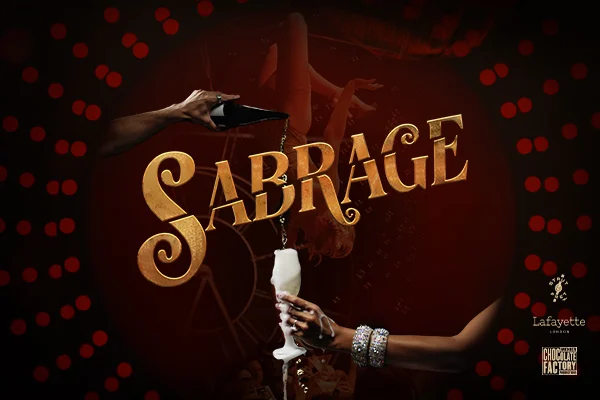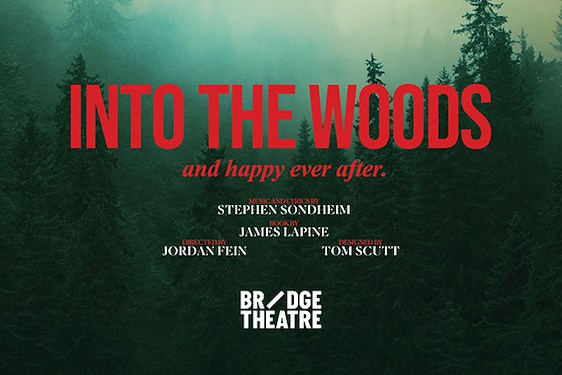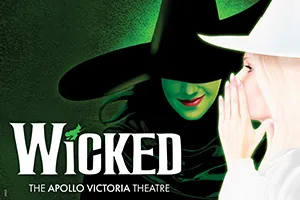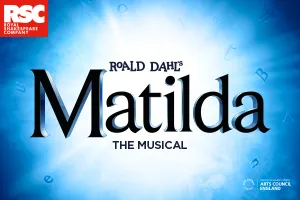Do you need to know a play before you see a play?
It may be a landmark in history, but history is already in the past
The question came to mind at the opening of what we’re told is a “landmark production” of Othello, now playing at the National Theatre’s Lyttleton.
To say it is “landmark” may be a hopeful manifestation of the place it will take in future history. As a goal, it is appropriate for a production that seems resolutely focussed on the play’s past.
Stereotypically Shakespeare
The landmark is in no small part down to this being the first time the racially questionable play has had a black director. Deputy Artistic Director of the National Theatre, Clint Dyer says of his approach: “this contemporary production will subvert the traditional stagings that we know so well.”
“…that WE know so well”?
And *ahem* therein lies the rub.
If “traditional stagings” are in your scope of reference, your response to this production will be comparative. You will interpret intent behind the casting – as Othello, Giles Terrera is the sole black actor – and the symbolism of the staging by judging against its previous outings.
If they aren’t, such things may be little more than aesthetics. If, God forbid, this is your first Othello, prepare to be left somewhat underwhelmed by the substance below the style.
Clearly favouring theatrical construct over basic storytelling, this production adds little believability to the often perplexing and hole-ridden plot. The look may be modern, but the story is left stereotypically Shakespeare. And not in a good way.
Largely symbolic
At first glance, this Othello appears to have modernity at its very core. From the outset, it firmly roots itself in the now.
Before the play begins, the stage is covered by a digital montage of posters from previous productions. Look closely and you see the likes of Welles, Robeson, and Olivier: white men playing black face.
Years flash up atop the posters:1791, 1914, 1883, 2005… A ‘stage-hand’ slowly sweeps away at nothing. The message seems clear. It’s time to sweep out the old and face the messages of the play from a fresh perspective.
Dyer’s approach to this is to add a layer that is largely symbolic to the existing play.
The symbols come thick and fast. Those attending with Othello on their A-level reading list have plenty to take away.
There is an ever present chorus, both celebrating and decrying Othello, a nod to our modern society of commentators, whose conviction in ever-changing beliefs shadows hypocrisy.
There is a barely noticeable refusal to shake Othello’s proffered hand; a sign of the racism endemic in society as highlighted by the recent BLM movement.
There are the scars on Othello’s back, visible but unmentioned; a possible allusion to our discomfort when forced to face the maltreatment of black people by white men in history we hold as heroes.
There are the bruises painted on a woman’s face, recognising spousal abuse and the general degradation of women.
It’s all very clever. But what about the text?
Lacking believability
Othello may have the most vague, least believable plot of any Shakespeare play.
That might be a somewhat controversial assertion. The play is relatively light on the usual Shakespeare tropes. The cast lists no witches, ghosts, or fairies. The plot doesn’t centre around mistaken identity, gender-swapping or hallucinatory dreams.
Instead, its weaknesses come from characters lacking believability. Relationships bereft of substance. Actions with no clear motivation.
Emotions change on the strength of just one word. Tragic fates are accepted without challenge or surprise.
When Othello last played the National Theatre less than a decade ago, the production was called “exceptionally coherent” and “clear and comprehensible.” Michael Billington of the Guardian, said it “makes sense of things that often seem obscure (in the play).”
Strip away the bells and whistles of the intent here. Tear off the wrapping paper of intellectual theatricality. You’re left with a production that adds none of the cohesion of its predecessor.
As Iago, Paul Hilton tells us how he hates Othello. He may be a child telling how he hates carrots. We have no idea why.
Rosy McEwen gives a shore-footed strength to her Desdemona. It makes her simple acceptance of the fate that surprises her at the end seem unfitting.
Terrera’s Othello goes from mild-mannered, passive declarations of love for his wife to wild anger in less than a heartbeat. There is no sign of the mental machinations that create this turn of heart.
The text is delivered technically well. The words are easy to understand. But the feeling behind them is missing.
Director’s trickery
Tellingly demonstrating the lack of depth given to character in the play, these are the only three actors who play a single role. In a manner reminiscent of Greek tragedy, the rest of the cast add and remove additional pieces of costume to play their named characters, then remain on stage as faceless chorus.
Wearing black, sometimes masked, sometimes puppet-like, they sit around the amphitheatre central to the set, watching the action. Do they represent wider society, motivated by a hunger to see the strong brought down to their own level?
Perhaps. But their presence has no impact on events. Likely intended as a comment on modern life, it appears to be little more than director’s trickery. The same gimmick could be added to any production of any play.
At times, the System – for that is what this chorus is overtly named – seem to be Iago’s core fanbase. Silently, they applaud or laugh at his many speeches. They could be the remembered audience from Iago’s faded career as a stand-up comedian playing the club circuit. It fits the camp, pantomime-style villainy of this Iago, who seems to be drawn with the spirit of Terry Thomas.
I can’t be sure whether Hilton really does twist his moustache, pinky outstretched, as he convolutes over his evil plan. But that’s the picture I have in my head.
When he appears from a dark corner to commit unseen murder, I was expecting him to sneer at the audience as we booed and hissed. When he then discards the ‘snood’ used as a disguise, he was just missing the flourish of a knowing wink to underline the unbelievability of it all.
Theatrical snobbery
The final bloodbath bears no tension. In place of swords, attackers and defenders carry daggers no longer than the palm of their hands. They could be butter knives. Lots of close hand thrusting makes the ensuing fights more like a group of camp Morris Dancers fighting over the last sausage roll.
It makes the deaths more comedic than tragic. They are of the type from which Shakespearean cliché are borne. One person dies. Then isn’t dead. Then dies again. Then manages one final line. Another has so much to say in their dying breath, they have ample time to cross to centre stage and position themselves comfortably against the other corpse. And still they have time to sing a bar or two of a song remembered from childhood.
If you’re comparing to other productions, such things may seem immaterial. It’s what Shakespeare wrote so we’re stuck with it, right?
But I don’t buy that. Elsewhere scenes and lines have been cut. Indeed, the final lines of the production are not from the original text and are spoken by Iago. Rather I suggest that it demonstrates a perhaps subconscious, theatrical snobbery.
Any modernisation and relevancy are based on outside forces, to reflect the zeitgeist. The play itself is left untouched, assumed to be understood because it is Shakespeare. And we all know Shakespeare, right?
By striving to carve a place for itself against previous interpretations, Dyer may have forgotten those whose lives don’t revolve around theatre. It may be a landmark in history, but history is already in the past.


















